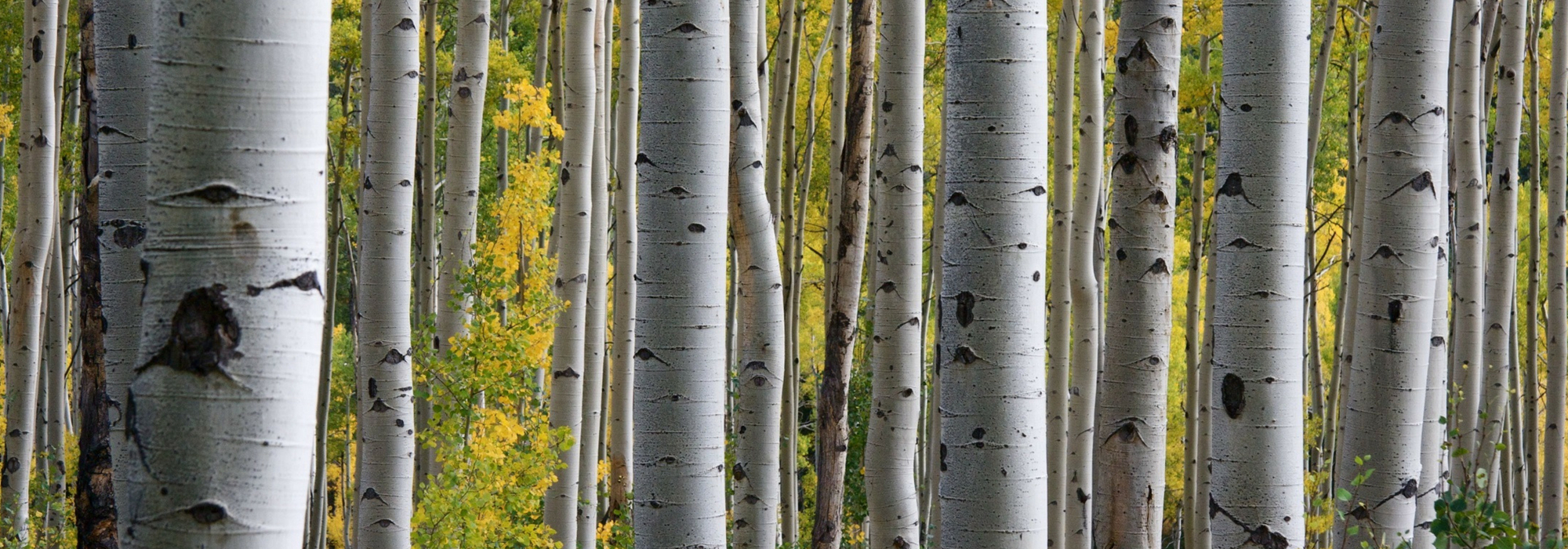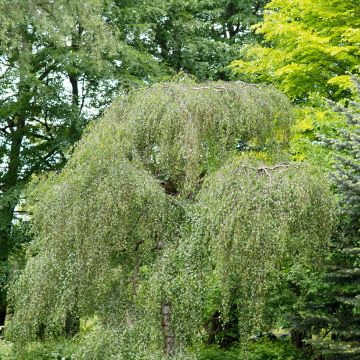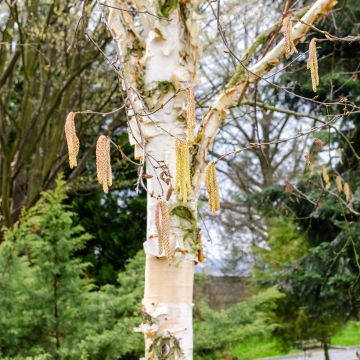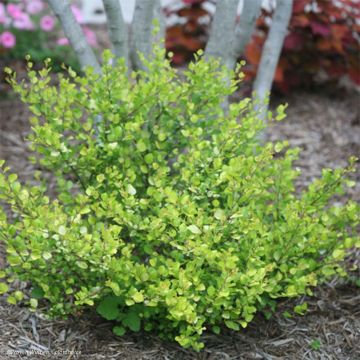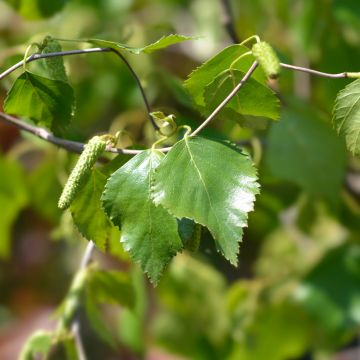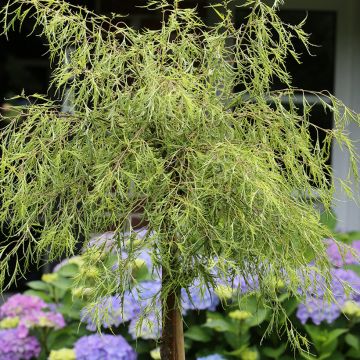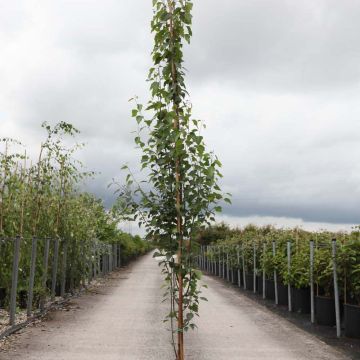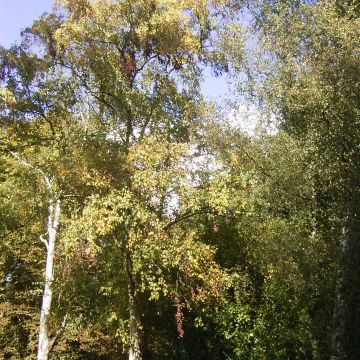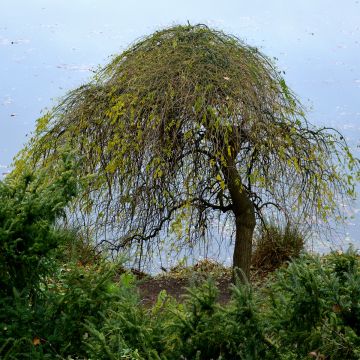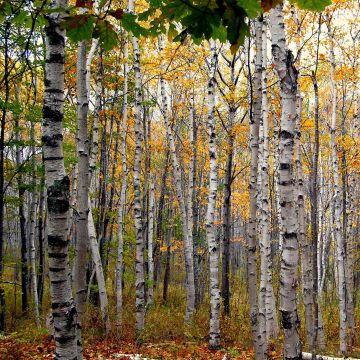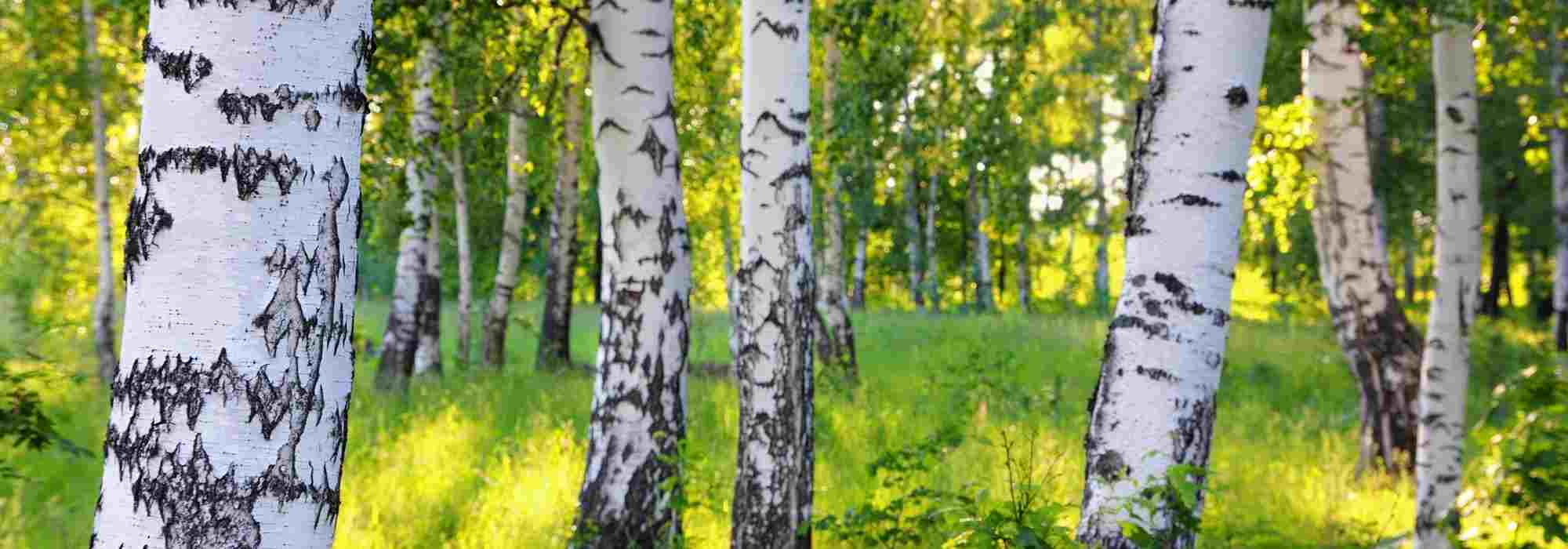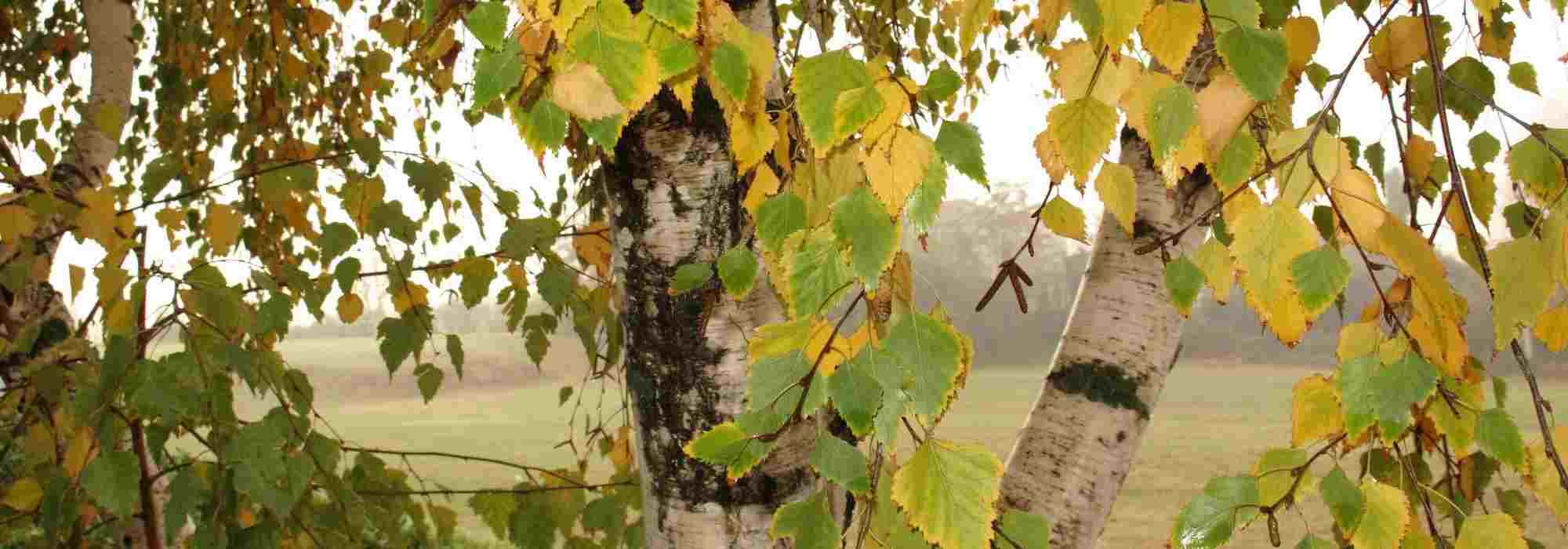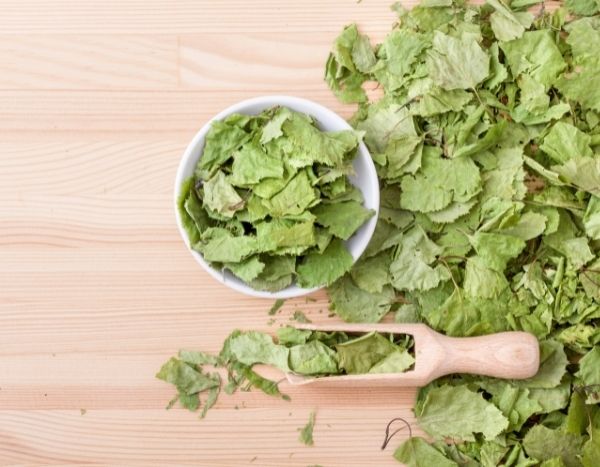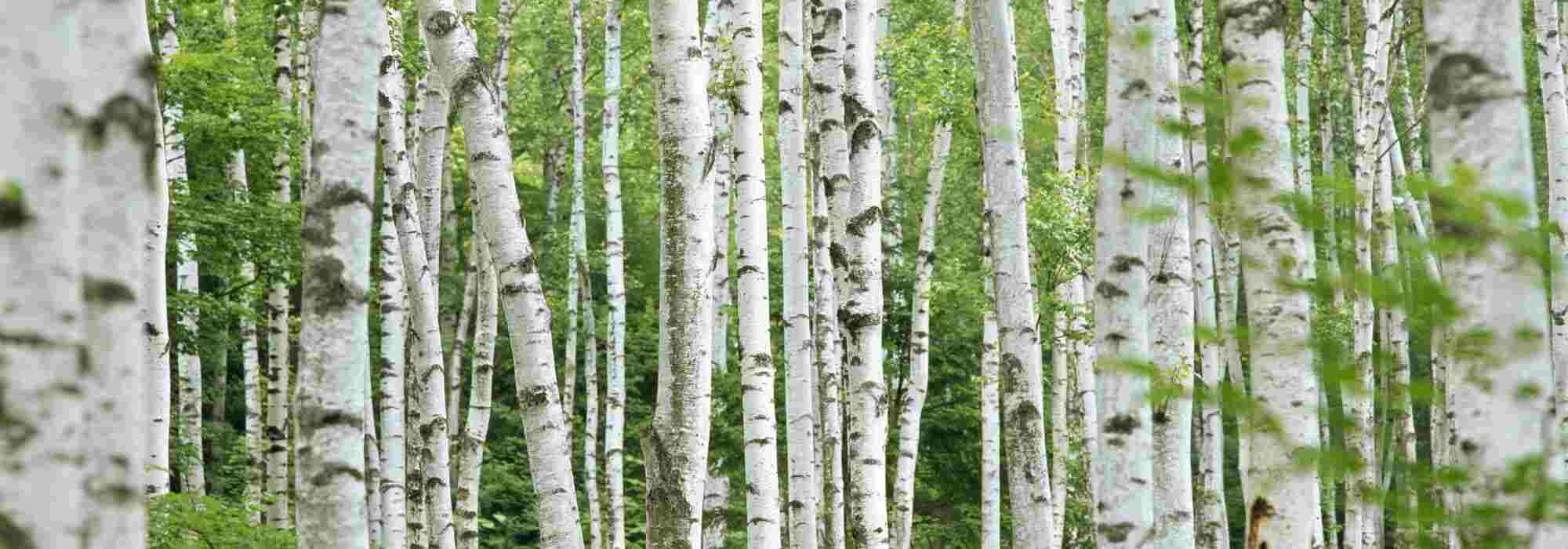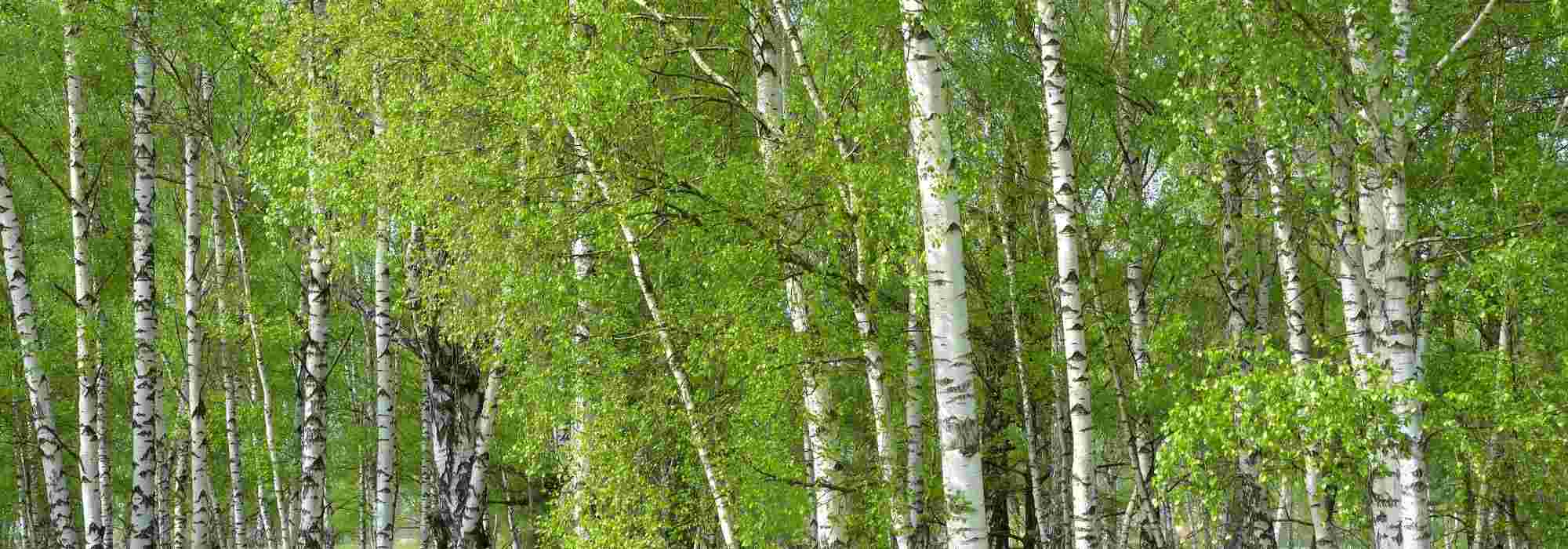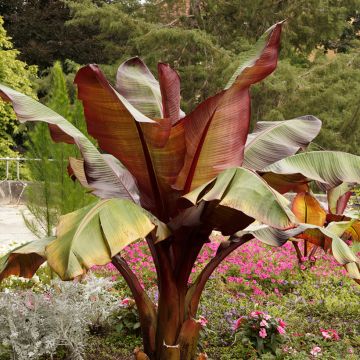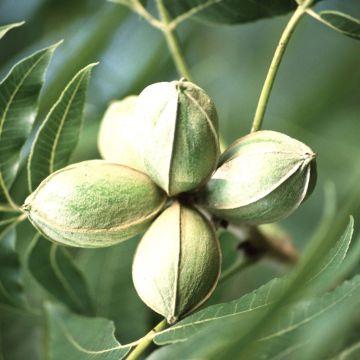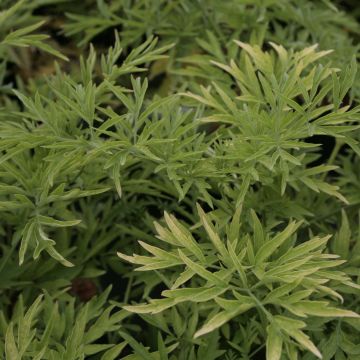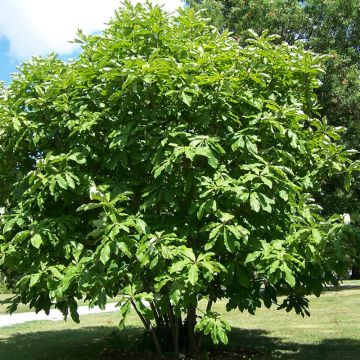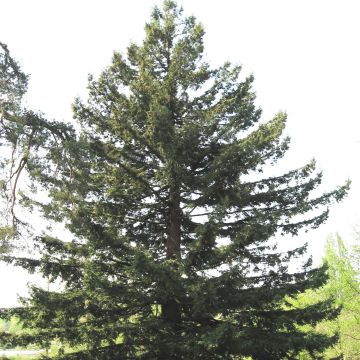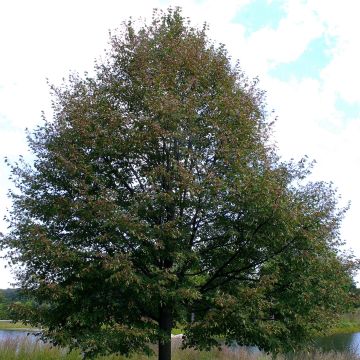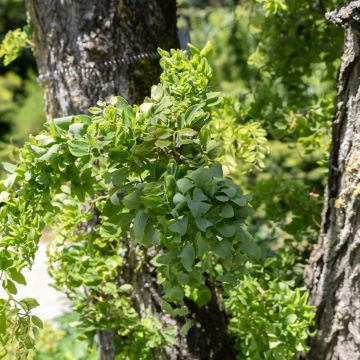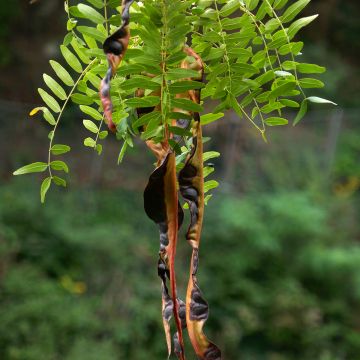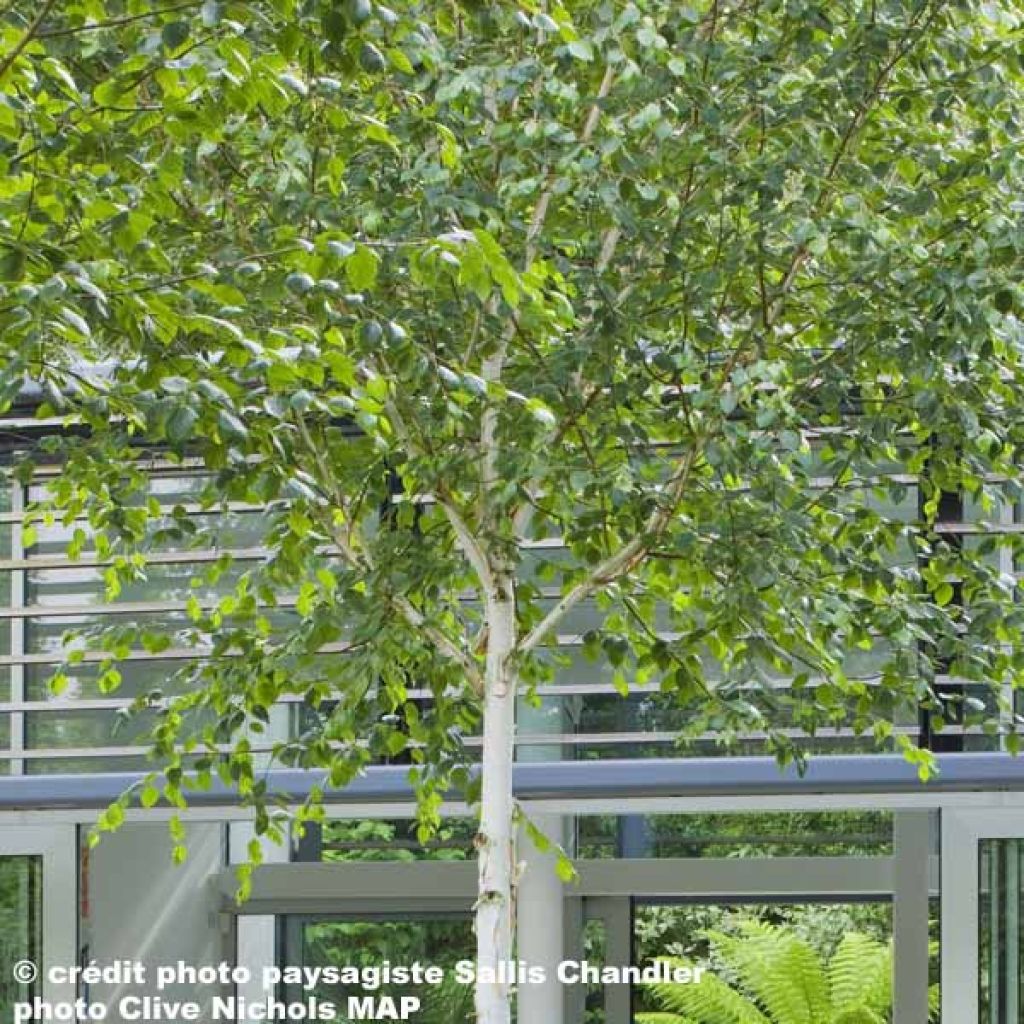

Betula utilis var. jacquemontii - Himalayan Birch
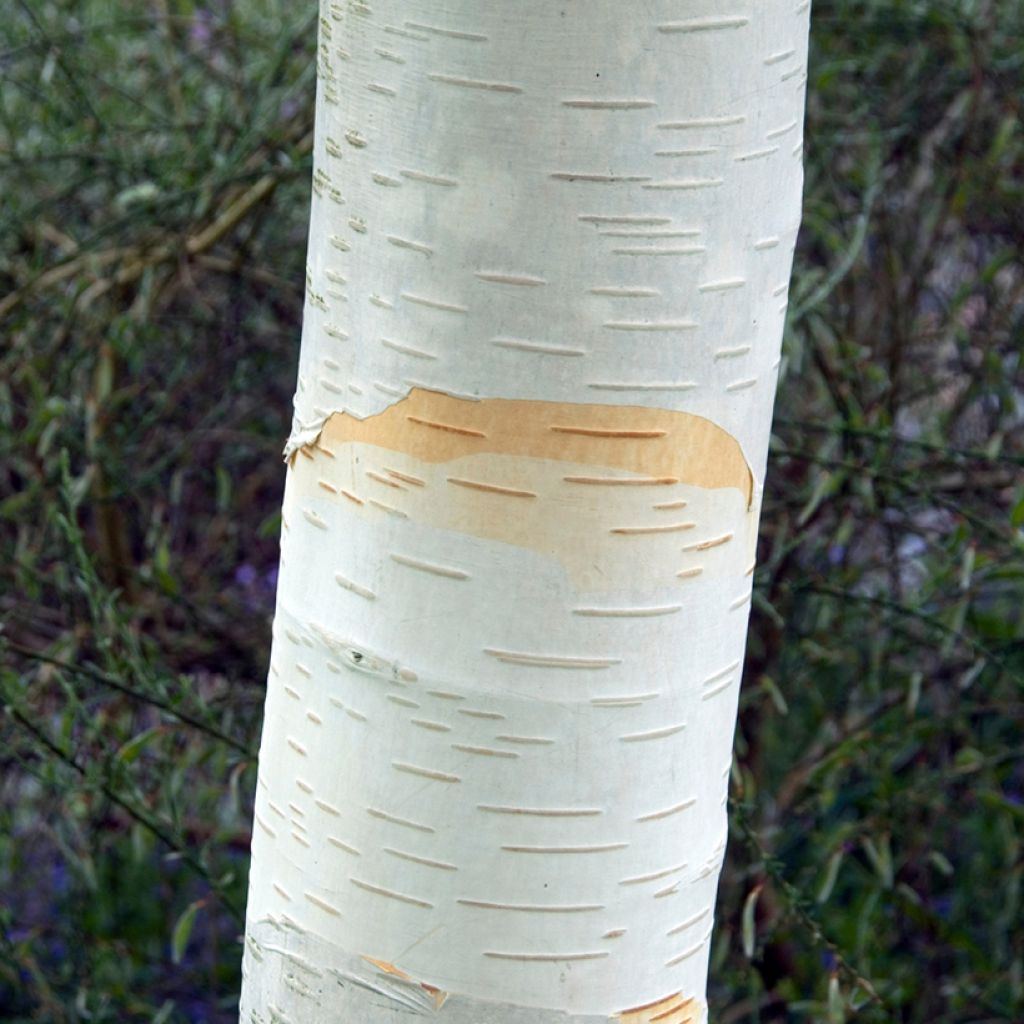

Betula utilis var. jacquemontii - Himalayan Birch
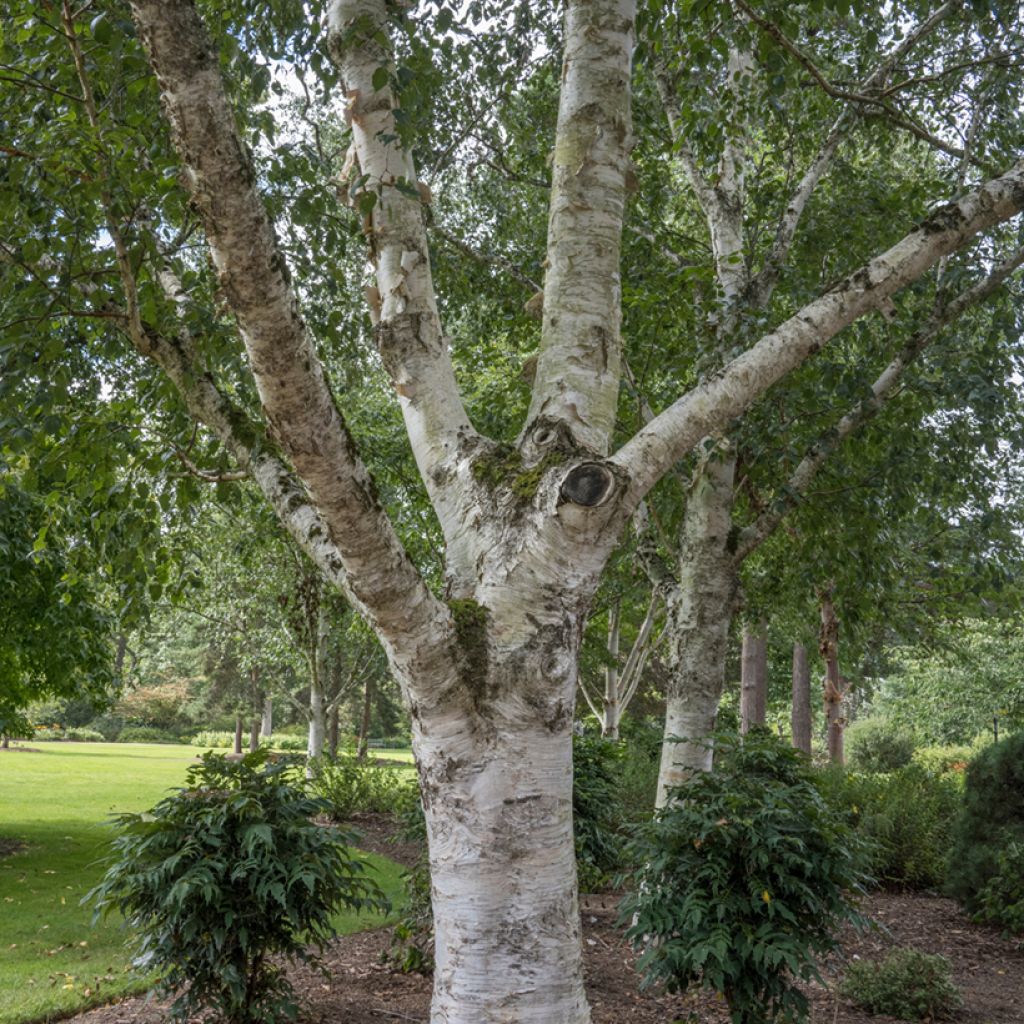

Betula utilis var. jacquemontii - Himalayan Birch
Betula utilis var. jacquemontii - Himalayan Birch
Betula utilis var. jacquemontii
Himalayan Birch
Very happy with this purchase. The 3 birch trees are larger than expected. I hope they will establish themselves smoothly as the root balls were very dense and difficult to prepare without damaging any roots.
CATHERINE, 18/01/2025
Special offer!
Receive a €20 voucher for any order over €90 (excluding delivery costs, credit notes, and plastic-free options)!
1- Add your favorite plants to your cart.
2- Once you have reached €90, confirm your order (you can even choose the delivery date!).
3- As soon as your order is shipped, you will receive an email containing your voucher code, valid for 3 months (90 days).
Your voucher is unique and can only be used once, for any order with a minimum value of €20, excluding delivery costs.
Can be combined with other current offers, non-divisible and non-refundable.
Home or relay delivery (depending on size and destination)
Schedule delivery date,
and select date in basket
This plant carries a 24 months recovery warranty
More information
We guarantee the quality of our plants for a full growing cycle, and will replace at our expense any plant that fails to recover under normal climatic and planting conditions.

Does this plant fit my garden?
Set up your Plantfit profile →
Description
Betula utilis jacquemontii is a very beautiful form of the Himalayan birch selected for its regular shape and the beauty of its very white bark that peels off in strips over a darker, new bark. While it takes a few years to reveal itself in all its splendour, this winter star remains a classic for white and contemporary gardens. Its airy canopy provides light shade and its foliage turns a beautiful yellow colour in autumn. Very hardy and adaptable to different soil types, it is also very versatile: it can be left to grow freely, on a single trunk, or pollarded to limit its development in a small garden.
The West Himalayan birch, in Latin Betula humilis, belongs to the family of Betulaceae. It is native to western Asia, from Afghanistan to western China and northwest India. There are some particularly ornamental cultivars, among which 'jacquemontii', which stands out for its very white bark. In nature, this tree can reach a height of 20 m (65 ft 7 in). Very cold-resistant, it grows more slowly than other birches, around 20 cm (7.9 in) per year. Its shallow root system makes it sensitive to prolonged drought and strong winds, which can uproot it. This light-loving species is perfectly adapted to northern gardens and montainous climates. It prefers well-drained, slightly acid soils, but can tolerate the some lime.
This is a tall tree with an oval, open, quite loose, light canopy, reaching 15 to 18 m (49 ft 2 in to 59 ft 1 in) in height and 5 m (16 ft 5 in) in spread in our gardens. It forms a single trunk with quite low branches, sometimes developing into a multi-stemmed tree, with several stems or trunks. The main attraction of the Himalayan birch is the smooth bark on the trunk and sometimes on the branches, which peels off in strips and becomes very white after 4 to 6 years. On the trunk, there are regular, narrow, horizontal scars called lenticels. Its foliage is deciduous, falling in autumn and reappearing every spring. Its young reddish branches bear oval-shaped, entire and pointed leaves, finely toothed at the edges, 5 to 7 cm (2 to 2.8 in) long and 4 to 5 cm (1.6 to 2 in) wide. The leaf blade is a rather dark green, shiny on the upper surface, paler and matte on the underside. The foliage turns golden yellow in autumn before falling. The inconspicuous flowers, pendulous yellow-green, bloom in April-May.
The main attraction of the Himalayan birch is its sublime pure white bark throughout the seasons, particularly spectacular in winter when the tree is devoid of foliage. It is mainly planted as a free-standing specimen, in a strategic spot in the garden where its very white outline can be admired from a window.It can be combined with astilbes, hostas, and ferns nearby if the soil remains consistently moist. Alternatively, mass plantings of snowdrops, crocuses, wood hyacinths (Scilla nutans), and tulips can be planted around its base.
Betula utilis var. jacquemontii - Himalayan Birch in pictures
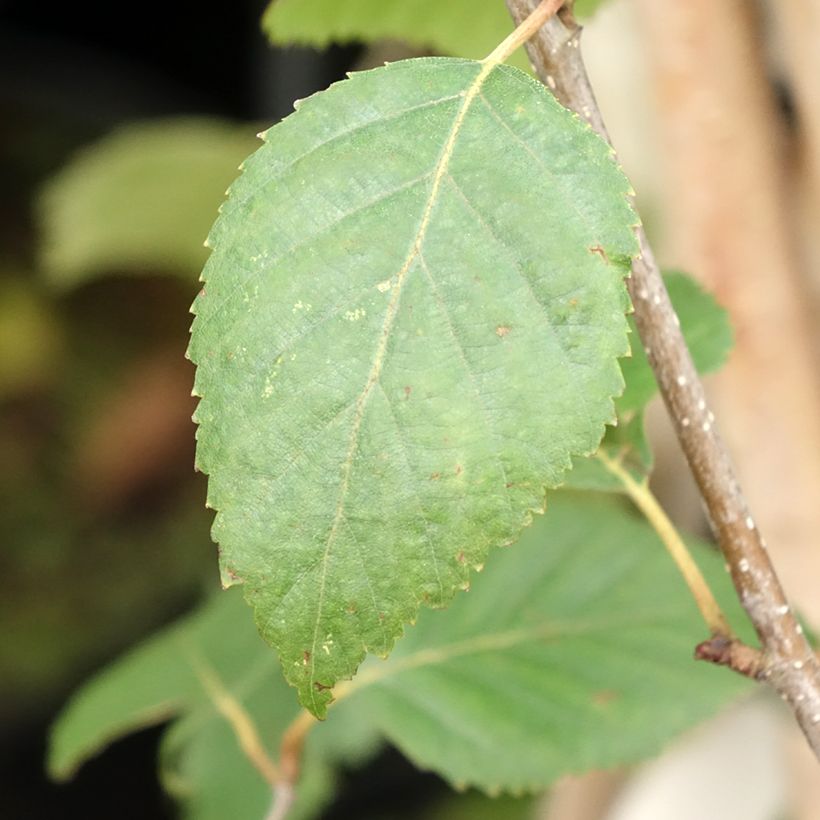



Plant habit
Flowering
Foliage
Safety measures
Botanical data
Betula
utilis
var. jacquemontii
Betulaceae
Himalayan Birch
Himalayas
atteinterespiratoire
Cette plante peut entraîner des symptômes allergiques.
Evitez de la planter si vous ou vos proches souffrez de rhinite saisonnière ("rhume des foins").
Davantage d'informations sur https://plantes-risque.info
Other Betula - Birch tree
View all →Planting and care
Easy to grow, the white birch requires little maintenance. It should be planted in a moist, humus-rich, fertile soil, preferably acidic for the best beautiful foliage colour, but it will also do well in neutral to slightly calcareous soil, in full sun or partial shade. It grows in any well-drained garden soil that retains moisture in summer. To help it establish, water it during the first few years in dry weather. Choose its location carefully, as it does not like being disturbed. It can be allowed to grow freely, or its trunk can be pruned to the desired height, in the form of a pollard, like with certain willows or mulberries.
Planting period
Intended location
Care
Planting & care advice
-
, onOrder confirmed
Reply from on Promesse de fleurs
Similar products
Haven't found what you were looking for?
Hardiness is the lowest winter temperature a plant can endure without suffering serious damage or even dying. However, hardiness is affected by location (a sheltered area, such as a patio), protection (winter cover) and soil type (hardiness is improved by well-drained soil).

Photo Sharing Terms & Conditions
In order to encourage gardeners to interact and share their experiences, Promesse de fleurs offers various media enabling content to be uploaded onto its Site - in particular via the ‘Photo sharing’ module.
The User agrees to refrain from:
- Posting any content that is illegal, prejudicial, insulting, racist, inciteful to hatred, revisionist, contrary to public decency, that infringes on privacy or on the privacy rights of third parties, in particular the publicity rights of persons and goods, intellectual property rights, or the right to privacy.
- Submitting content on behalf of a third party;
- Impersonate the identity of a third party and/or publish any personal information about a third party;
In general, the User undertakes to refrain from any unethical behaviour.
All Content (in particular text, comments, files, images, photos, videos, creative works, etc.), which may be subject to property or intellectual property rights, image or other private rights, shall remain the property of the User, subject to the limited rights granted by the terms of the licence granted by Promesse de fleurs as stated below. Users are at liberty to publish or not to publish such Content on the Site, notably via the ‘Photo Sharing’ facility, and accept that this Content shall be made public and freely accessible, notably on the Internet.
Users further acknowledge, undertake to have ,and guarantee that they hold all necessary rights and permissions to publish such material on the Site, in particular with regard to the legislation in force pertaining to any privacy, property, intellectual property, image, or contractual rights, or rights of any other nature. By publishing such Content on the Site, Users acknowledge accepting full liability as publishers of the Content within the meaning of the law, and grant Promesse de fleurs, free of charge, an inclusive, worldwide licence for the said Content for the entire duration of its publication, including all reproduction, representation, up/downloading, displaying, performing, transmission, and storage rights.
Users also grant permission for their name to be linked to the Content and accept that this link may not always be made available.
By engaging in posting material, Users consent to their Content becoming automatically accessible on the Internet, in particular on other sites and/or blogs and/or web pages of the Promesse de fleurs site, including in particular social pages and the Promesse de fleurs catalogue.
Users may secure the removal of entrusted content free of charge by issuing a simple request via our contact form.
The flowering period indicated on our website applies to countries and regions located in USDA zone 8 (France, the United Kingdom, Ireland, the Netherlands, etc.)
It will vary according to where you live:
- In zones 9 to 10 (Italy, Spain, Greece, etc.), flowering will occur about 2 to 4 weeks earlier.
- In zones 6 to 7 (Germany, Poland, Slovenia, and lower mountainous regions), flowering will be delayed by 2 to 3 weeks.
- In zone 5 (Central Europe, Scandinavia), blooming will be delayed by 3 to 5 weeks.
In temperate climates, pruning of spring-flowering shrubs (forsythia, spireas, etc.) should be done just after flowering.
Pruning of summer-flowering shrubs (Indian Lilac, Perovskia, etc.) can be done in winter or spring.
In cold regions as well as with frost-sensitive plants, avoid pruning too early when severe frosts may still occur.
The planting period indicated on our website applies to countries and regions located in USDA zone 8 (France, United Kingdom, Ireland, Netherlands).
It will vary according to where you live:
- In Mediterranean zones (Marseille, Madrid, Milan, etc.), autumn and winter are the best planting periods.
- In continental zones (Strasbourg, Munich, Vienna, etc.), delay planting by 2 to 3 weeks in spring and bring it forward by 2 to 4 weeks in autumn.
- In mountainous regions (the Alps, Pyrenees, Carpathians, etc.), it is best to plant in late spring (May-June) or late summer (August-September).
The harvesting period indicated on our website applies to countries and regions in USDA zone 8 (France, England, Ireland, the Netherlands).
In colder areas (Scandinavia, Poland, Austria...) fruit and vegetable harvests are likely to be delayed by 3-4 weeks.
In warmer areas (Italy, Spain, Greece, etc.), harvesting will probably take place earlier, depending on weather conditions.
The sowing periods indicated on our website apply to countries and regions within USDA Zone 8 (France, UK, Ireland, Netherlands).
In colder areas (Scandinavia, Poland, Austria...), delay any outdoor sowing by 3-4 weeks, or sow under glass.
In warmer climes (Italy, Spain, Greece, etc.), bring outdoor sowing forward by a few weeks.






























